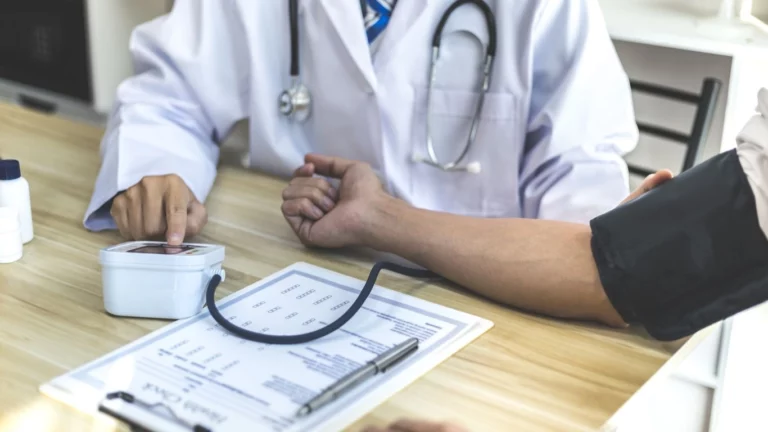Can Rheumatoid Arthritis Cause Varicose Veins? Shocking Connection!
Can rheumatoid arthritis cause varicose veins? You wouldn’t believe how often that question comes up in clinic. I remember one particular patient—a sweet woman in her late 50s—who came in frustrated by the swelling and aching in her legs. She had already been managing rheumatoid arthritis (RA) for over a decade, but now, she was also noticing twisted, bulging veins creeping up her calves. It made her wonder if the two conditions could be connected. And honestly, it’s a good question—one that doesn’t get enough attention.
Understanding Rheumatoid Arthritis: It’s More Than Just Joint Pain
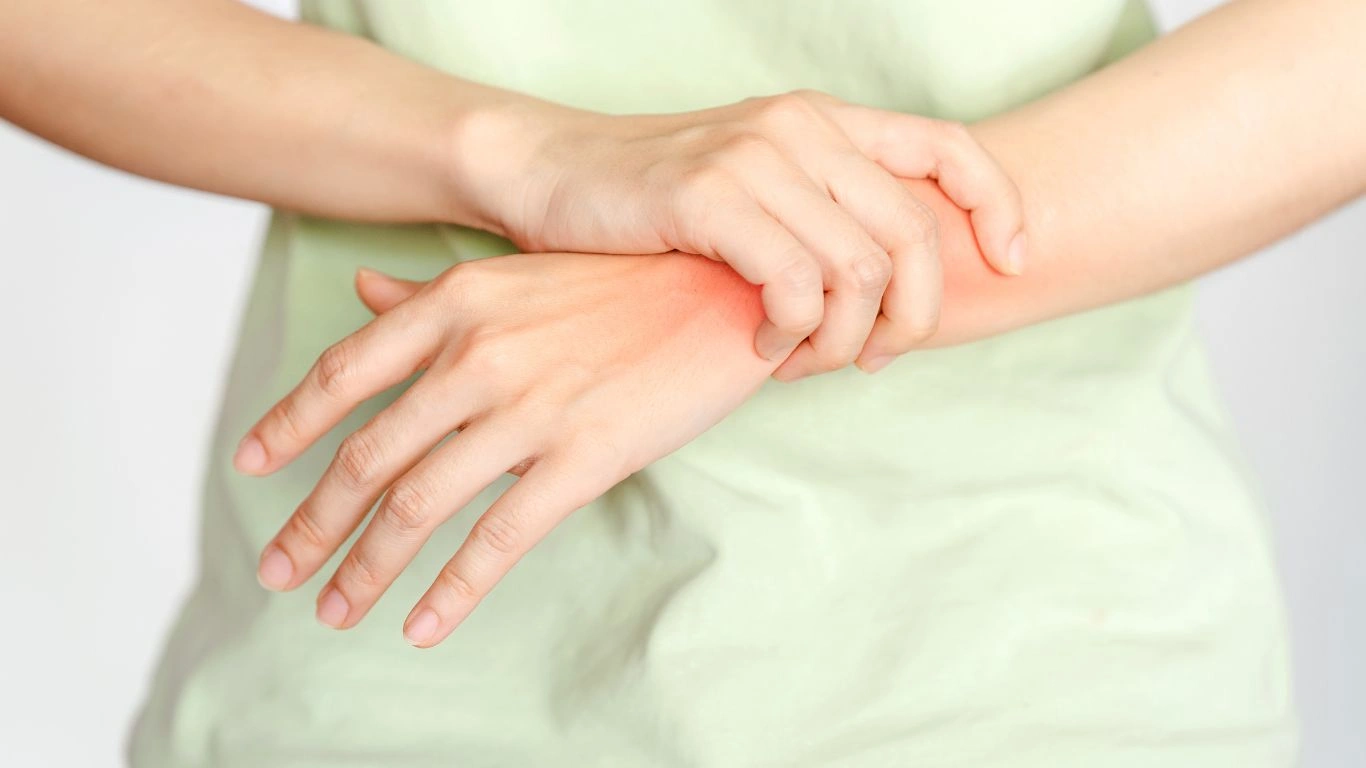
RA is an autoimmune condition, which means the body’s immune system goes rogue and starts attacking healthy tissue. Most people associate it with stiff fingers and painful knees—and that’s fair, since joints are the primary target. But what many people don’t realize (and what I often explain in my practice) is that RA can affect so much more than just the joints.
It can impact your heart, lungs, skin, blood vessels, and even your eyes. That’s why when a patient with RA tells me they’re dealing with new leg symptoms—especially symptoms like heaviness, swelling, or visible veins—it’s worth digging a bit deeper. This isn’t just cosmetic. There’s a bigger picture here.
So, Can Rheumatoid Arthritis Cause Varicose Veins?

Let’s Get Into the Vascular Side of RA
Here’s the deal: While RA doesn’t directly *cause* varicose veins in the way chronic venous insufficiency or genetics might, it can certainly set the stage for them. Let me break it down like I would in a consult:
- Chronic inflammation: RA fuels ongoing systemic inflammation. This can affect the blood vessels, leading to poor circulation and weakened vein walls over time.
- Decreased mobility: Flare-ups and joint damage often limit a person’s ability to stay active. Less movement means less muscle-pumping action in the legs, which is crucial for returning blood to the heart. The result? Blood pools in the legs and veins become distended.
- Medication side effects: Some RA medications—especially corticosteroids—can lead to fluid retention and changes in vascular tone, making symptoms of varicose veins worse.
- Comorbidities: RA patients are more likely to have other conditions like obesity, hypertension, or sedentary lifestyles, which are also risk factors for varicose veins.
So while we can’t say RA is the *sole cause*, it definitely contributes to the conditions that make varicose veins more likely. I always tell patients that it’s a combination of lifestyle, inflammation, and circulation working against them.
What I’ve Noticed in My Clinical Practice
When you’ve been in Rheumatology as long as I have, you start noticing patterns. I’ve had more than a handful of patients with longstanding RA who also developed moderate to severe varicose veins, especially if they were less mobile or had poorly controlled disease. It’s rarely a coincidence. The inflammation wears the body down in ways that aren’t always obvious at first glance.
Sometimes patients are surprised to hear that the aches in their legs aren’t always arthritis-related. In fact, some of them come in assuming it’s another RA flare. But on exam, I’ll notice classic signs of venous insufficiency—edema around the ankles, a brownish discoloration, even some skin thickening. These aren’t your typical RA features, and they deserve separate attention.
How the RA-Veins Connection Impacts Quality of Life

Let’s be real—dealing with RA is already exhausting. Add varicose veins to the mix, and you’ve got a double whammy of pain, swelling, and limited mobility. It’s not just uncomfortable; it affects how people live day to day. I’ve seen patients stop going for walks or give up hobbies because standing for long periods becomes unbearable. And unfortunately, that inactivity only worsens both conditions.
Here’s something I always emphasize: It’s not just about treating symptoms. We need to understand the root causes and look at the whole picture. That’s the key to truly helping people feel better—not just throwing medications at them but educating, empowering, and treating the body as a system, not a collection of disconnected parts.
Recognizing When It’s More Than Just RA

One of the trickiest parts about managing rheumatoid arthritis is sorting out which symptoms belong to RA—and which might be hinting at something else entirely. That’s where having a good provider-patient relationship comes in. I can’t count how many times a patient has said, “I just thought this was my arthritis acting up again.” And sure, sometimes it is. But other times, it’s those varicose veins quietly making their debut.
I usually tell my patients: If you’re noticing new symptoms like:
- Visible, bulging veins that seem to be worsening
- A dull ache or throbbing in your legs after standing
- Leg swelling that’s more persistent or localized to the lower leg/ankle
- Skin changes—especially darkening, thickening, or itching near the ankles
…then it’s worth looking beyond the RA. These aren’t things we want to ignore. Early recognition matters.
How I Approach It in Practice

Clinical Assessment: Getting the Full Picture
When someone with RA comes in with leg symptoms, I always take a full history. Not just about the joints, but their activity level, hydration, circulation symptoms, skin changes, and even their footwear. I also check for:
- Pitting edema: Is it present? Is it symmetrical? This tells me a lot about venous function.
- Capillary refill and pulses: These help rule out arterial involvement, which is a whole different issue but can overlap.
- Skin integrity: I’m looking for early signs of venous stasis dermatitis or even ulcers in advanced cases.
If things aren’t adding up, or if I suspect significant venous insufficiency, I’ll refer for a Doppler ultrasound. No guesswork—we get answers.
Bridging the Gap Between RA and Vein Health
This is where my role as a nurse practitioner gets interesting—and honestly, it’s one of the parts I love most. Rheumatology can feel siloed sometimes, but our bodies don’t work in compartments. Everything is connected. And when we can make that connection for patients, it’s a game-changer.
For example, I’ve had patients who were stuck in a cycle of swelling and pain, assuming it was joint-related. But after treating the venous issue—compression therapy, elevating legs regularly, and some lifestyle changes—their RA symptoms actually improved. Less inflammation overall. Better energy. More mobility. It’s all connected.
Management Strategies That Work in the Real World
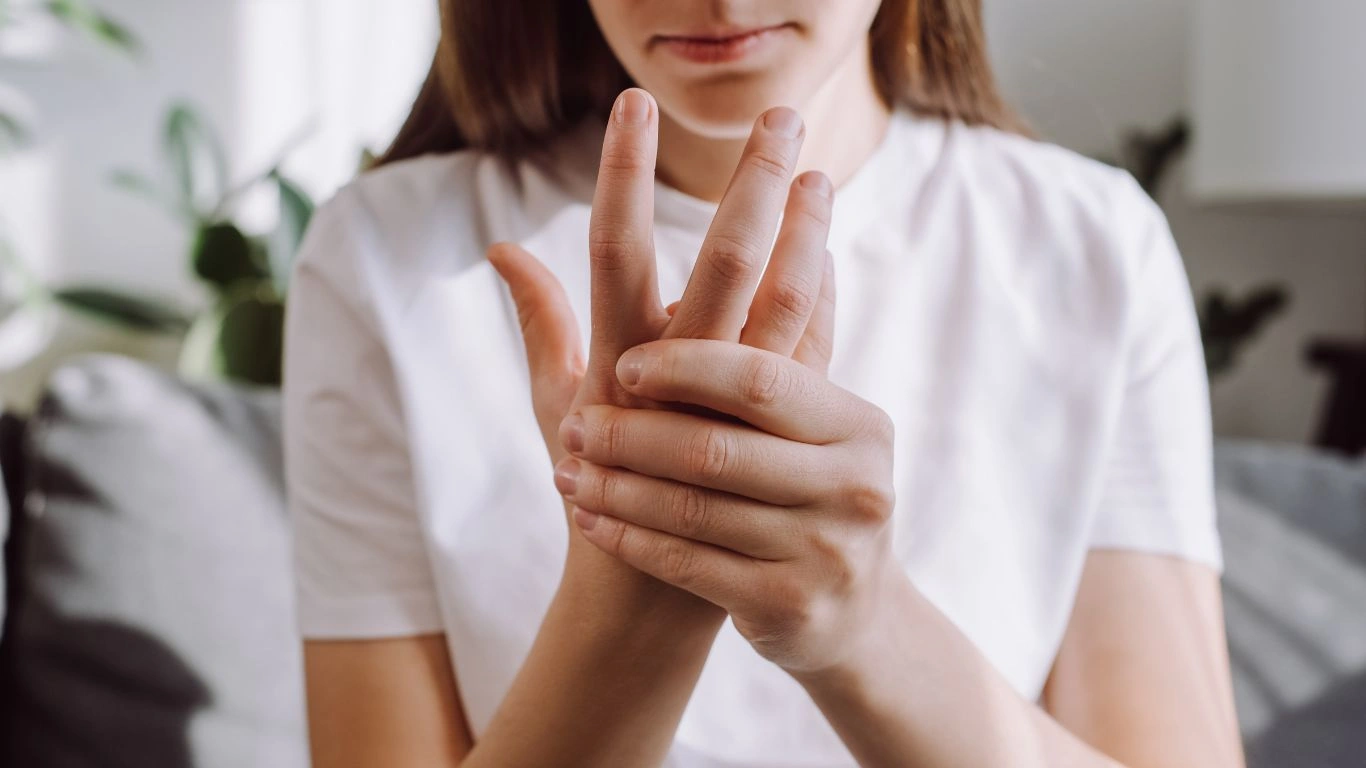
Compression Therapy Isn’t Just for Grandma
Look, I get it—no one loves wearing compression stockings. They’re not cute, and they’re a bit of a hassle. But for RA patients dealing with venous issues, they can make a huge difference. I always recommend:
- Graduated compression: These help improve blood flow and reduce swelling.
- Wearing them daily: Especially during long periods of sitting or standing.
- Putting them on in the morning: Before swelling sets in.
I’ve had some of my more fashion-forward patients find stylish options online—so don’t worry, you’re not stuck with beige grandma hose forever.
Movement Is Medicine
Staying active is tough with RA—I know that from years of patient conversations and from seeing it firsthand. But even gentle, regular movement helps. Encourage circulation, reduce inflammation, strengthen the muscles that support veins—it’s a win all around.
Some of the routines I recommend include:
- Daily short walks, even around the house
- Chair yoga or light stretching
- Ankle pumps and calf raises (even seated!)
And if you’re on your feet a lot, elevate those legs every chance you get. I keep a stool in my office just to demonstrate—it’s that important.
Collaborative Care: Teamwork Really Matters
One of the most valuable things I’ve learned as an NP is that managing RA—and by extension, varicose veins—requires a team. Rheumatologists, vascular specialists, primary care, physical therapists… we all bring something to the table. And when we work together, patients win.
For patients with both RA and signs of venous disease, I’ll often coordinate care with a vein clinic or vascular surgeon. Sometimes we go the conservative route, other times we explore procedures like ablation. But the key is keeping communication open and keeping the patient at the center of it all.
And that’s the heart of it—whether it’s RA or varicose veins or both, it’s about giving people their quality of life back. That’s why I’m here, and why conversations like this one matter.
Understanding the Deeper Vascular Implications of RA
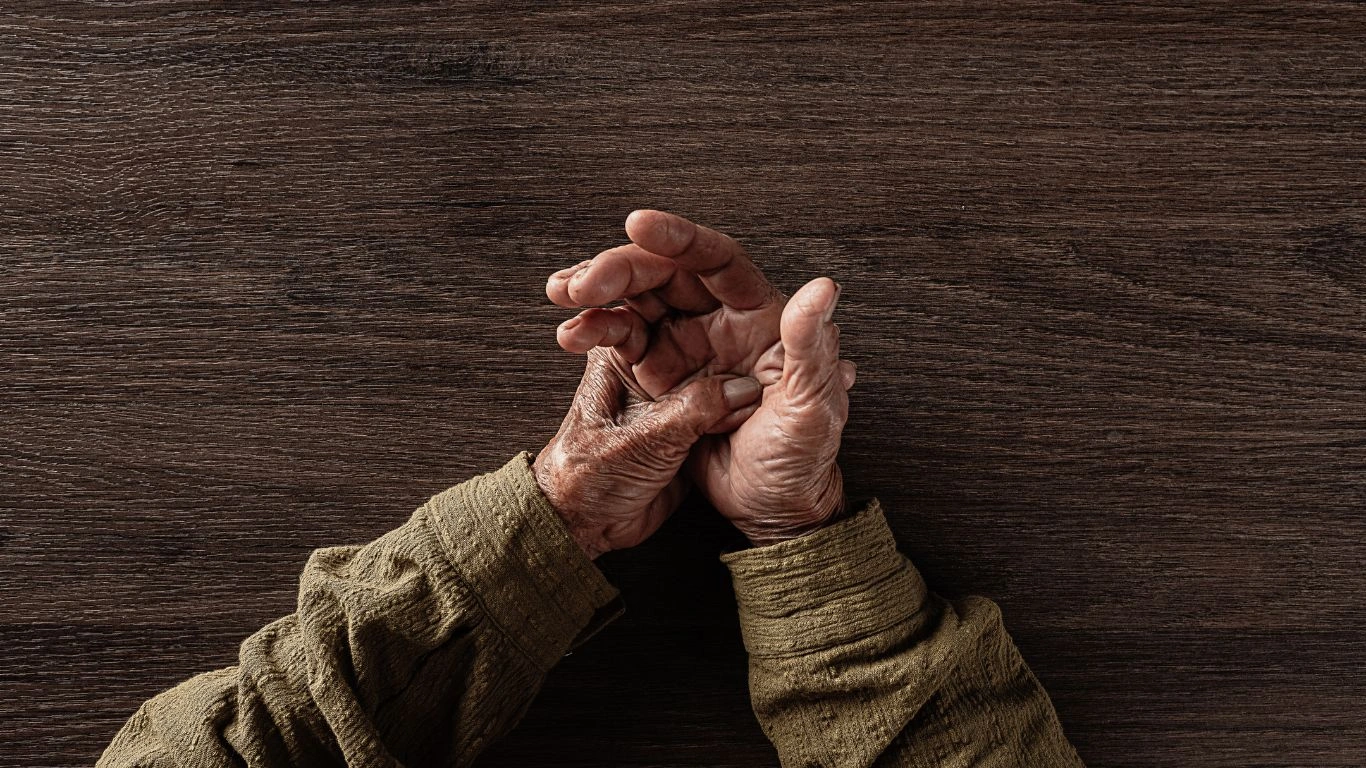
As we’ve discussed, rheumatoid arthritis (RA) doesn’t just stop at joint pain—it has a knack for reaching into various systems of the body, including our vascular system. One of the more serious vascular complications associated with RA is rheumatoid vasculitis. This condition involves inflammation of the small and medium-sized blood vessels and can lead to a range of issues, from skin ulcers to nerve damage. It’s more common in individuals who’ve had RA for a long time and can be quite serious if not addressed promptly. [Cleveland Clinic]
Spotting the Signs: When to Be Concerned
In my practice, I’ve encountered patients who, after years of managing their RA, begin to notice new symptoms: unexplained skin rashes, numbness in extremities, or even sores that don’t heal. These can be indicators of vascular involvement. It’s crucial to differentiate between typical RA flare-ups and signs of vascular complications. Early detection and treatment can make a significant difference in outcomes.
Proactive Steps: Managing RA and Vascular Health
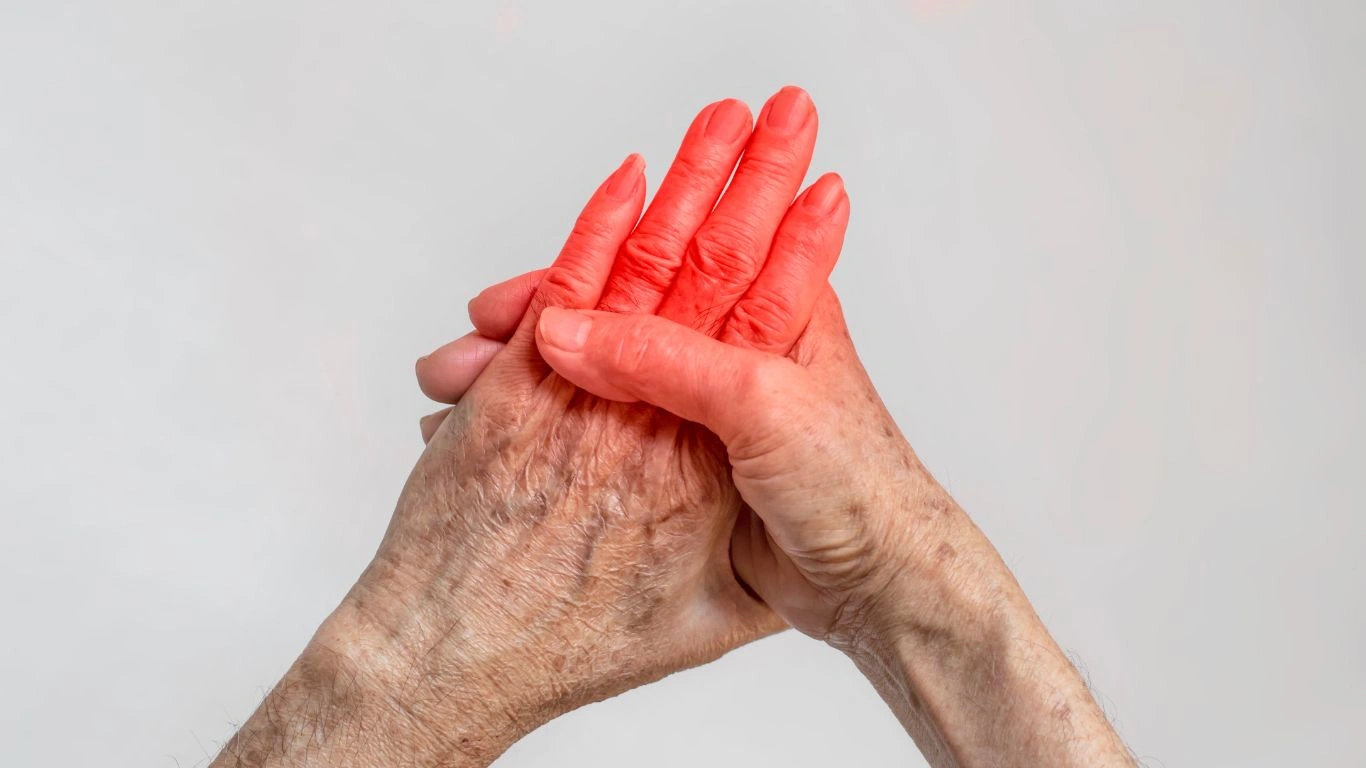
Regular Monitoring and Communication
One of the best pieces of advice I can offer is to maintain open communication with your healthcare team. Regular check-ups, blood tests, and discussions about any new or worsening symptoms are vital. Remember, you’re the expert on your body, and any changes you notice can provide essential clues to your healthcare providers.
Lifestyle Adjustments: Small Changes, Big Impact
While medications play a significant role in managing RA, lifestyle choices shouldn’t be underestimated. Incorporating anti-inflammatory foods into your diet, engaging in low-impact exercises like swimming or yoga, and ensuring adequate rest can all contribute to better overall health. Additionally, avoiding smoking is crucial, as it can exacerbate both RA and vascular issues. [Arthritis Foundation]
Collaborative Care: The Power of a Multidisciplinary Approach
Managing RA, especially when vascular complications arise, often requires a team approach. Rheumatologists, vascular specialists, physical therapists, and even nutritionists can all play a role in comprehensive care. In my experience, patients benefit immensely when their care is coordinated among specialists, ensuring all aspects of their health are addressed.
Empowering Yourself Through Knowledge
Understanding the potential complications of RA, including its impact on vascular health, empowers you to take proactive steps in your care. Stay informed, ask questions, and don’t hesitate to seek second opinions if something doesn’t feel right. Your health journey is unique, and being an active participant can lead to better outcomes and improved quality of life.
References
- Rheumatoid Vasculitis – Cleveland Clinic
- Rheumatoid Vasculitis – Cedars-Sinai
- Rheumatoid Arthritis and Heart Disease – Arthritis Foundation
Disclaimer
This article is intended for informational purposes only and does not substitute professional medical advice. Always consult with your healthcare provider for personalized medical guidance.

Tarra Nugroho is a dedicated Nurse Practitioner with a strong foundation in family and preventive care. She brings both compassion and clinical expertise to her practice, focusing on patient-centered care and health education. As a contributor to Healthusias.com, Tarra translates medical knowledge into clear, empowering articles on topics like women’s health, chronic disease management, and lifestyle medicine. Her mission is simple: help people feel seen, heard, and informed—both in the clinic and through the content she creates. When she’s not caring for patients, Tarra enjoys weekend hikes, plant-based cooking, and curling up with a good health podcast.

